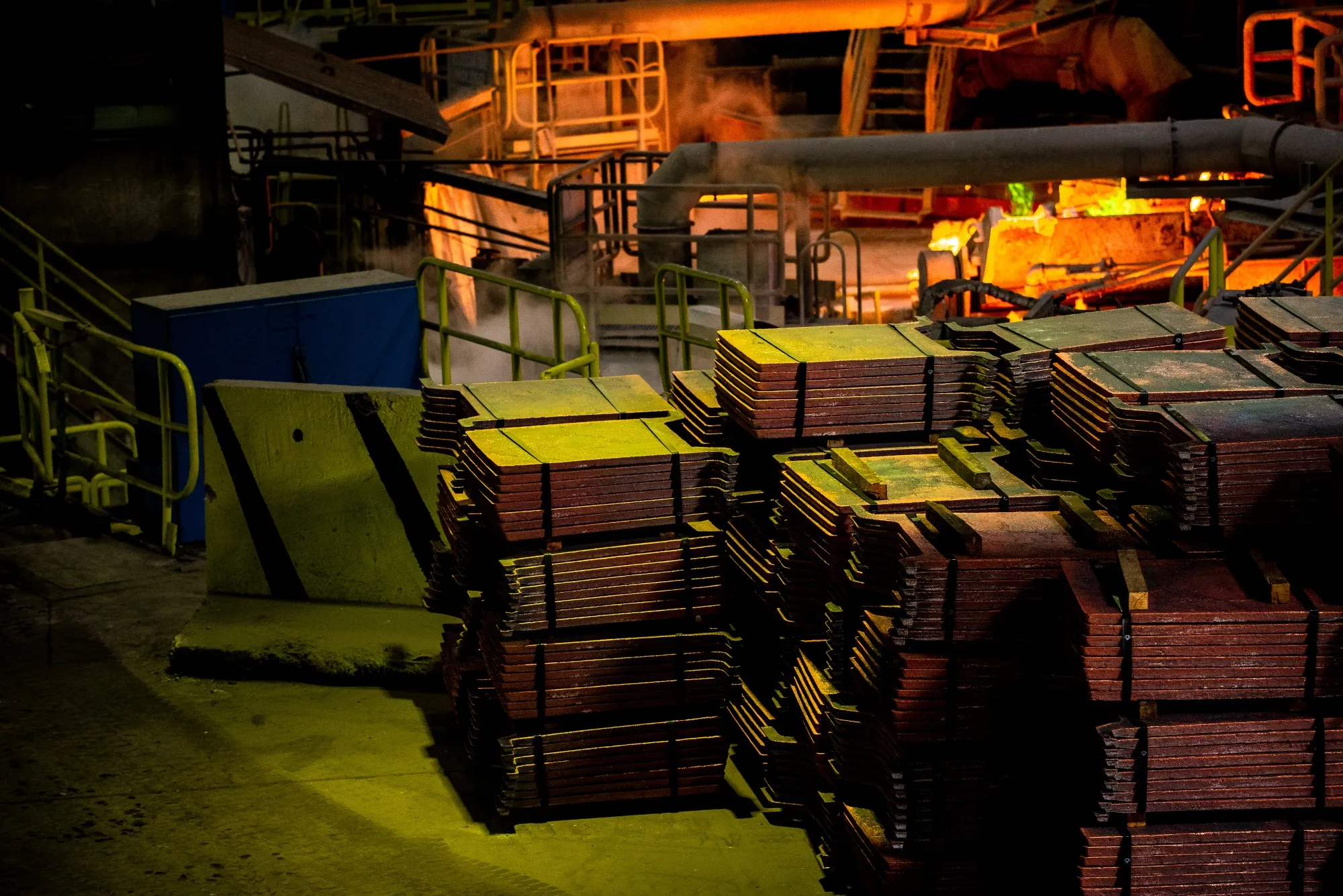Chile, the world’s largest copper producer, has raised its copper price forecasts for 2025 and beyond, citing improving global trade conditions and persistent supply disruptions that are likely to drive the global market into a structural deficit. This revision signals a bullish outlook for the red metal, which plays a pivotal role in the clean energy transition, electrical infrastructure, and industrial manufacturing.

Easing Trade Tensions and Stabilizing Demand
The revised forecast follows easing trade tensions, particularly between major economic blocs such as the U.S. and China, which have historically influenced commodity market volatility. As trade relations stabilize and manufacturing activity recovers, particularly in China — the top consumer of copper — demand is expected to remain strong.
Chile’s Ministry of Finance and state copper agency Cochilco (Chilean Copper Commission) have noted that:
-
Copper demand is being fueled by large-scale infrastructure investment, EV production, and renewable energy installations.
-
Macroeconomic conditions, including controlled inflation and stimulus measures in developed economies, are boosting commodity consumption.
-
Global inventory levels remain low, providing further support to rising prices.
Supply Disruptions Tighten the Market
Recent supply-side disruptions have also contributed to the bullish outlook. Several major mining regions, including Peru, Congo, and Indonesia, have faced:
-
Labor strikes and social unrest
-
Environmental permitting delays
-
Ore grade declines and aging mines
-
Regulatory and political uncertainty
These factors have led to lower-than-expected copper output and export volumes. Meanwhile, Chile itself is grappling with water scarcity, energy constraints, and environmental pressures that may hinder future production growth despite having the world’s largest reserves.
Market Swinging into Deficit
Cochilco has forecast that the global copper market will enter a deficit in 2025, as supply lags behind rapidly growing demand. Estimates suggest:
-
A shortfall of 500,000 to 700,000 metric tons may emerge if new mining projects do not come online in time.
-
Inventory drawdowns and increasing spot prices are likely as downstream industries secure long-term copper supplies.
-
Average copper prices could exceed $4.20–$4.50 per pound in the coming year, depending on geopolitical developments and weather patterns.
Copper’s Strategic Importance in the Energy Transition
The revised forecast comes as copper cements its position as a cornerstone of the global energy transition. Its applications include:
-
Electric vehicle (EV) batteries and motors
-
Solar and wind energy systems
-
Smart grids and high-efficiency transformers
-
Power transmission infrastructure
With nations racing to meet their net-zero targets, copper demand is expected to nearly double by 2035, according to multiple industry estimates.
Investment Implications and Strategic Moves
Chile’s updated outlook is expected to spur investor interest in copper mining companies, exploration ventures, and supply chain infrastructure. Mining giants like Codelco, Antofagasta, BHP, and Anglo American, who operate extensively in Chile, stand to benefit.
Moreover, the Chilean government has been working to streamline permitting processes, promote green mining practices, and attract foreign investment to maintain its global leadership in copper production.

